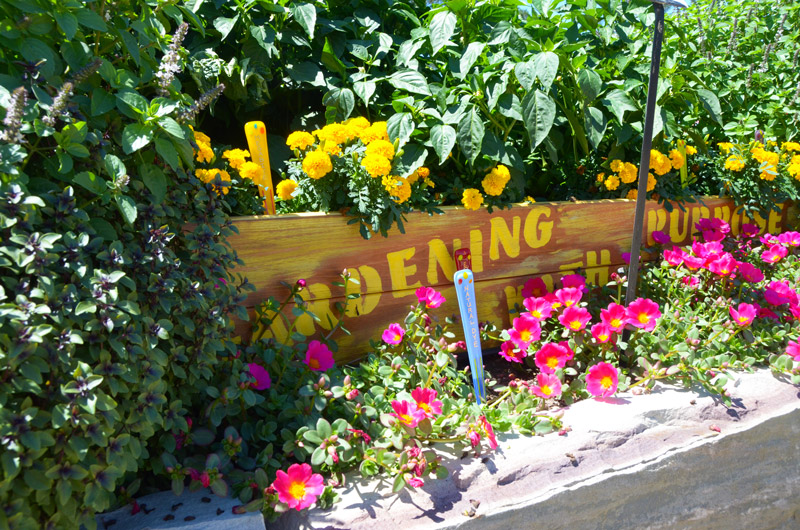Things about Hilton Head Landscapes
Wiki Article
The 6-Minute Rule for Hilton Head Landscapes
Table of ContentsNot known Incorrect Statements About Hilton Head Landscapes The Of Hilton Head LandscapesThe Best Guide To Hilton Head LandscapesNot known Details About Hilton Head Landscapes The Best Strategy To Use For Hilton Head LandscapesHilton Head Landscapes Things To Know Before You Get ThisThe Hilton Head Landscapes Ideas
Line produces all forms and patterns and can be used in a selection of methods the landscape. Line in the landscape is produced by the side between 2 products, the synopsis or silhouette of a form, or a lengthy linear attribute. Lines are a powerful tool for the developer because they can be made use of to develop a limitless selection of shapes and kinds, and they manage movement of the eye and the body.

Lines can have several qualities, such as those explained listed below, yet they generally serve various objectives. Number 1. Lines in the landscape - Landscaping bluffton sc. The residential or commercial properties of lines identify exactly how people reply to the landscape, both mentally and literally. Straight lines are structural and forceful; they create a formal character, are usually connected with a balanced style, and lead the eye straight to a focal point.
The Facts About Hilton Head Landscapes Revealed
Rounded lines create an informal, all-natural, unwinded character that is associated a lot more with nature and asymmetrical equilibrium. Curved lines move the eye at a slower rate and add mystery to the room by creating covert sights.Vertical lines in the landscape include high, slim plant material, such as trees, or tall frameworks, such as an arbor or a bird house on a pole. Horizontal lines relocate the eye along the ground aircraft and can make an area really feel larger. Low lines are a lot more subdued and produce a feeling of remainder or repose.
All About Hilton Head Landscapes
Low lines are produced by low yard wall surfaces, pathways, and short hedges. Lines are utilized to attract kinds on a strategy. In plan view, they define plant beds and hardscape locations. Lines are additionally developed by the vertical forms of built functions and plant product. There are 3 main line types that produce form in the landscape: bedlines, hardscape lines, and plant lines.Bedlines attach plant material to your home and hardscape because the eye adheres to the line, moving the gaze via the landscape. Hardscape lines are produced by the side of the hardscape, which defines the constructed framework. Line can likewise be created by lengthy and narrow products, such as a fence or wall.
8 Easy Facts About Hilton Head Landscapes Shown
Type is found in both hardscape and plants, and it is typically the leading aesthetic aspect that spatially organizes the landscape and often figures out the design of the garden. The form of structures, plant beds, and yard ornaments also figures out the total type style of the garden. Formal, geometric kinds include circles, squares, and polygons.Plants create type in the yard through their details or silhouettes, but form can also be specified by a void or unfavorable area in between plants - Landscapers near me (https://www.storeboard.com/hiltonheadlandscapes). Circles can be complete circles, or they can be divided into fifty percent circles or circle sections and incorporated with lines to develop arcs and tangents
The Basic Principles Of Hilton Head Landscapes
Circles can also be stretched right into ovals and ellipses for more variety and rate of interest. Circles are a strong design kind since the eye is constantly attracted to the facility, which can be made use of to highlight a prime focus or attach various other kinds. Figure 2. Round kinds in hardscape and grass panels.The square type can likewise be segmented and secondhand repeatedly to create a grid pattern. Unlike circles, squares are more powerful on the brink, which can be aligned or overlapped to produce one-of-a-kind patterns and even more complicated types. Polygons are many-sided forms with straight edges. Triangulars, for instance, are three-sided polygons.
Meandering lines usually simulate the all-natural course of rivers or streams and can be referred to as smooth lines with deeply bent wavinesses. Twisting lines (Number 3) function well for paths, plant bedlines, and dry stream beds. Meandering lines can add rate of interest and secret to a yard by leading customers around edges to find brand-new sights and areas.
The 3-Minute Rule for Hilton Head Landscapes

Typical plant kinds are well established and standard, as form is the most constant and well-known quality of plants. Form can additionally be developed via the massing of plants, where the general mass develops a various form than a specific plant.
A highly different form has to be utilized with careone or 2 work well as a focal point, but too several create mayhem. All-natural plant kinds, as opposed to over-trimmed kinds, should establish the mass of the make-up. The relevance of overall type is basically dependent on the seeing perspectivethe kind of a tree can show up quite different to a person standing under the canopy versus seeing the tree from a range in an open area.
The 6-Minute Rule for Hilton Head Landscapes
Plant kinds additionally develop and define deep space or open spaces between the plants, producing either read this convex or scooped kinds in the gaps. High-arching tree branches commonly create a concave open room under the branches, and a rounded canopy with low branches fills the room to develop a convex kind in the open space under the tree.
Report this wiki page